 Back to the Be Inspired Blog
Back to the Be Inspired Blog
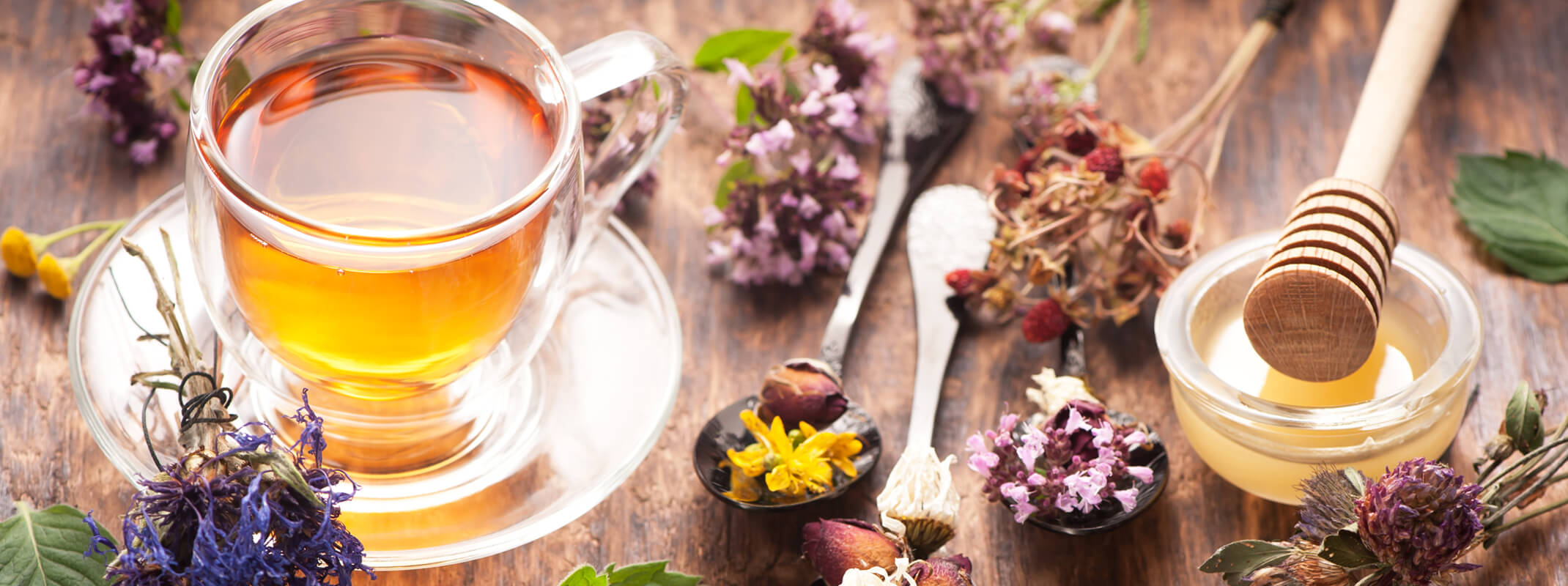
Growing Herbs For Tea: A How-To Guide
As winter approaches, it’s an ideal time to start growing herbs for herbal tea. Growing herbs for tea at home gives gardeners ways to mix and match subtle flavors to their own preferences. For caffeine lovers, herbs grown at home can complement loose leaf black and green teas in custom recipes. For those in colder fall and winter climates, such as gardeners who live in mountainous areas, indoor herb gardens are always an option.
How To Grow Herbal Tea At Home
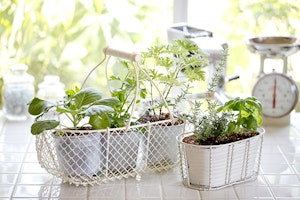
To get started growing herbs at home year-round, set up a garden space in a sunny area of your house. As Good Housekeeping explains, any location that receives six hours a day of sunlight is suitable for an indoor herb garden. For robust indoor herbs we recommend planting your herbs in a well-draining soil that retains moisture, such as SummerWinds Nursery’s Natural & Organic Potting Soil. Many herbs are susceptible to drying out, so monitor the soil moisture and mist frequently along with regular watering to help your indoor herb garden thrive. Not sure if it’s time to water? Pick up a soil moisture sensor meter from your local SummerWinds Nursery. They can help you know when to water all your houseplants.
What To Grow For Herbal Tea
Growing herbs that balance flavor and delicacy is both an art and a science. Fortunately, many popular ingredients in herbal tea are in the mint family and so require similar growing conditions to one another. Growing herbs at home allows you to create tea mixtures that contain the exact notes of citrus, refreshment and sweetness you prefer.
Mint
Beloved for their cooling compounds menthol and menthone, the widespread use of Mentha species in food and beverages make mint the third most popular flavor worldwide, according to Science Meets Food. Gardening Knowhow explains that mints can be grown by setting a cutting in a bottle of water in a sunny part of the house until roots appear. After establishing roots, the plant start can be transferred to a container with potting soil. We recommend planting mints apart from other herbs as they are vigorous growers and can over take the container.
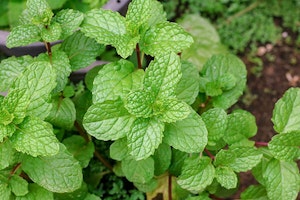
Three of the best types of mint for herbal tea in this group are:
-
Spearmint
-
Peppermint
-
Chocolate mint
Lemon Balm
This close relative of mint was treasured by the ancient Greeks for its light citrus flavor, according to Apartment Therapy. Lemon balm can be grown from cuttings similarly to mint. Once planted, it needs frequent trimming to prevent bolting and to maintain its delicate flavor. This herb only needs limited watering.
Anise Hyssop
Another member of the mint family, anise hyssop imparts a sweet, licorice-like flavor with hints of peppermint qualities to tea mixes. This American native grows easily from seed and thrives in full sunlight once established.
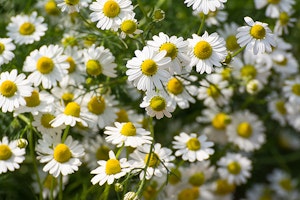
Chamomile
Whether grown from seed or plant starts, chamomile is an ideal plant to grow indoors during the cold part of the year, according to Gardening Knowhow. Among the most widely used plants for herbal tea, both Roman and German chamomile only require four hours of sunlight per day and one watering per week.
Holy Basil (Tulsi)
This fragrant subtropical perennial is ideal for growing year-round in warm indoor settings, according to Practical Self-Reliance. Holy basil seeds need temperatures of 70 degrees Fahrenheit to germinate, and established starts are low maintenance but frost-intolerant. The plant’s flavor profile is sweeter and more floral than culinary basil.
Bergamot
Popularized in Earl Grey, bergamot is the star ingredient in perhaps the most famed caffeinated herbal tea. According to WikiHow, bergamot is a mint relative that can be grown from seed, root division or stem cuttings. Bergamot’s flavor profile uses both the leaves and fruit to combine the bitterness of lemons with the floral qualities of oranges.
Stevia
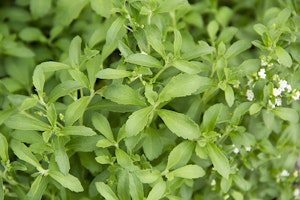
This is the only herb on the list that is primarily sweet rather than aromatic. Even under ideal conditions (70-75 degrees Fahrenheit), stevia seeds have a low germination rate, so it needs to be oversown, according to Raise Your Garden. Once established, stevia plants will need more light than usually required for growing herbs. As a result, plant them separately from other herbs and provide as much sun or heat-lamp light each day to grow your own calorie-free sweetener.
Get Help Growing Herbs For Herbal Teas At Home
Has this article inspired you to grow and mix your own herbal tea? SummerWinds’ nurseries carry a variety of herb seeds and starts for you to choose from. Our Trusted Garden Advisors can advise you on flavor profiles and alternate varieties as well as ideal growing conditions for your new tea garden. Visit one of our 5 Bay Area locations to get started!

